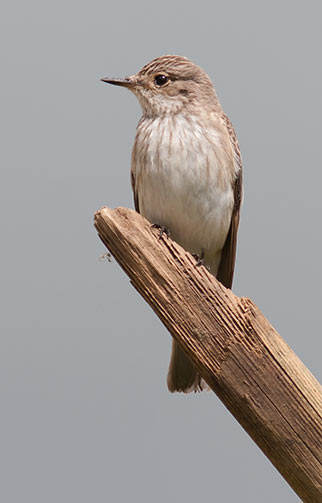New Forest birds - an introduction

summer visitors to the New Forest
The New Forest is a wonderful place to see birds. The wide variety of habitats, many of which are rare or scarce elsewhere in Britain, and relatively mild climate provide a home for a great many species. And of course, much of this ancient landscape has not been affected by modern agricultural methods and other trappings of 21st century life.
Here throughout the year buzzards can be seen soaring on the thermals, whilst the rare honey buzzard is a regular late-spring and summer visitor. Goshawks in recent years have made an impressive return to the area and so have ravens, birds whose croaking calls alert of presence high above.
Hen harriers patrol the winter heaths, repeatedly quartering the ground in search of small mammals or unwary birds on which to feast. Merlins - quite small, often inconspicuous falcons - use dashing, low level flights to catch their prey unawares, whilst great grey shrikes utilise gorse, birch and sometimes overhead cables for perches as they wait to strike at passing insects, small birds, mice and voles.
The New Forest wetlands in spring witness the warning cries of displaying lapwings, the sound of drumming snipe and the mournful calls of curlews. Redshanks, too, the yelpers of the marsh that have sadly greatly reduced in numbers, use agitated alarm cries whenever a real or imaginary threat appears in the distance.
Hobbys hawk above bogs and mires, searching for flying insects on which to feast, whilst swallows, house martins, swifts and occasional sand martins likewise seek out prey in the skies above the Forest.
Dartford warblers frequent the heaths, and so, too, do stonechats, woodlarks, meadow pipits, skylarks and breeding linnets. Nightjars, mysterious crepuscular creatures, can also be found on heathland, and in areas of woodland clear-fell, too.
Great spotted, lesser spotted and green woodpeckers, nuthatches, treecreepers, crossbills and hawfinches are year-round residents, whilst the ancient, unenclosed woodlands also attract breeding redstarts and wood warblers.
Kingfishers and grey wagtails enliven the streams, particularly during the breeding season, sometimes in company with Mandarin ducks and Little Egrets.
From March to July, a range of very vulnerable heathland and wetland birds nest on the ground in the New Forest. Please stay on the main paths at this time, and ensure that dogs do also. Here's more information: Avoid disturbance to ground nesting birds.
Meanwhile, rare ground-nesting bird populations in the New Forest were boosted during 2021 by public support, the efforts of Forestry England and New Forest National Park Authority staff, and scientists from the Fordingbridge-based Game and Wildlife Conservation Trust. More details are here: Rise in rare bird numbers in New Forest after efforts to protect sites.
In all, the New Forest is home to around 100 species of breeding birds, whilst a further 20 or so, can be seen as regular winter visitors or passage migrants.
This really is a great place to watch birds.
Find out more about New Forest birds
Getting started
Some notable New Forest birds
More links
Search this site

Sadly, 58 animals were killed - 35 ponies, 13 cows, 8 donkeys and 2 sheep, whilst a further 32 were injured - 3 pigs, 9 donkeys, 11 cows and 9 ponies.
(Forty-three accidents occurred in daylight, 15 at twilight and 101 in the dark. Twenty-seven accidents were not reported by the driver involved).
Here's just one horrific example - Three donkeys killed in collision with van at notorious New Forest blackspot (Advertiser and Times)
Sika deer continue to engage in rutting behaviour, and will do so until December.
Pigs seek out the remains of the acorn crop.
Beech leaves are transformed into a magnificent mosaic of glorious reds and golds. Other deciduous trees, too, take on an autumnal cloak before their leaves fall.
Dragonflies can occasionally be seen on the wing on bright days early in the month.
December
Foxglove leaves survive the winter at ground level, and offer the prospect of colourful summer blooms to come.
Redwings and fieldfares, autumn and winter visitors, gorge on haws and holly berries.
Great grey shrikes and hen harriers hunt over the heaths and other open spaces.
Honeysuckle by the end of the month often shows welcome signs of new growth.



